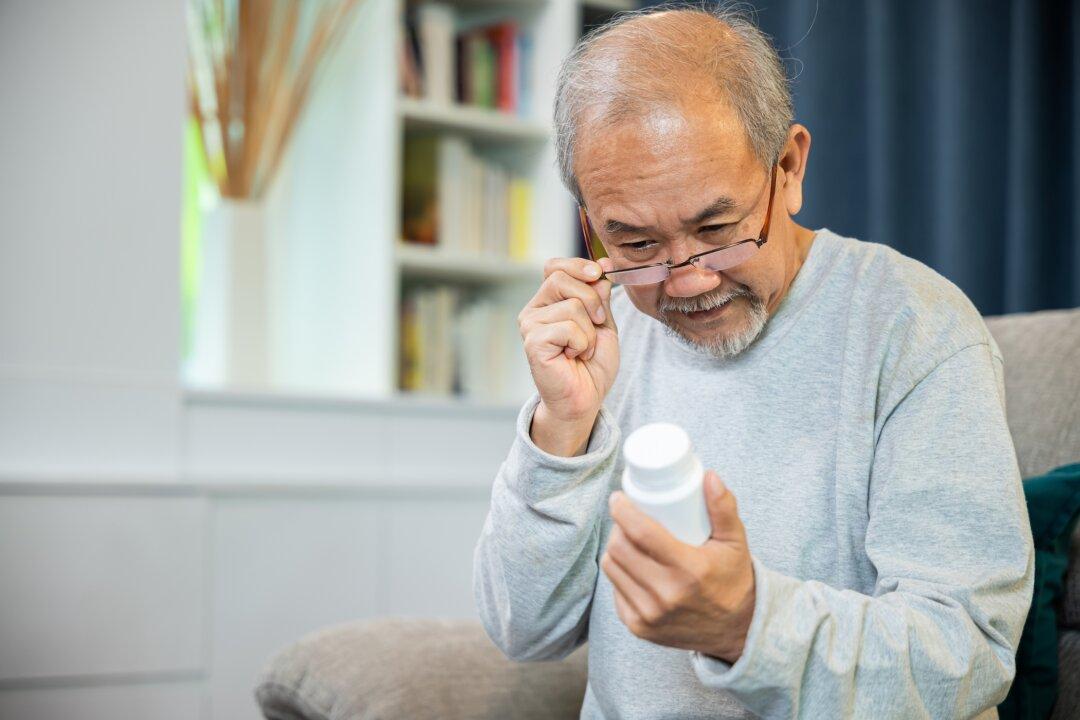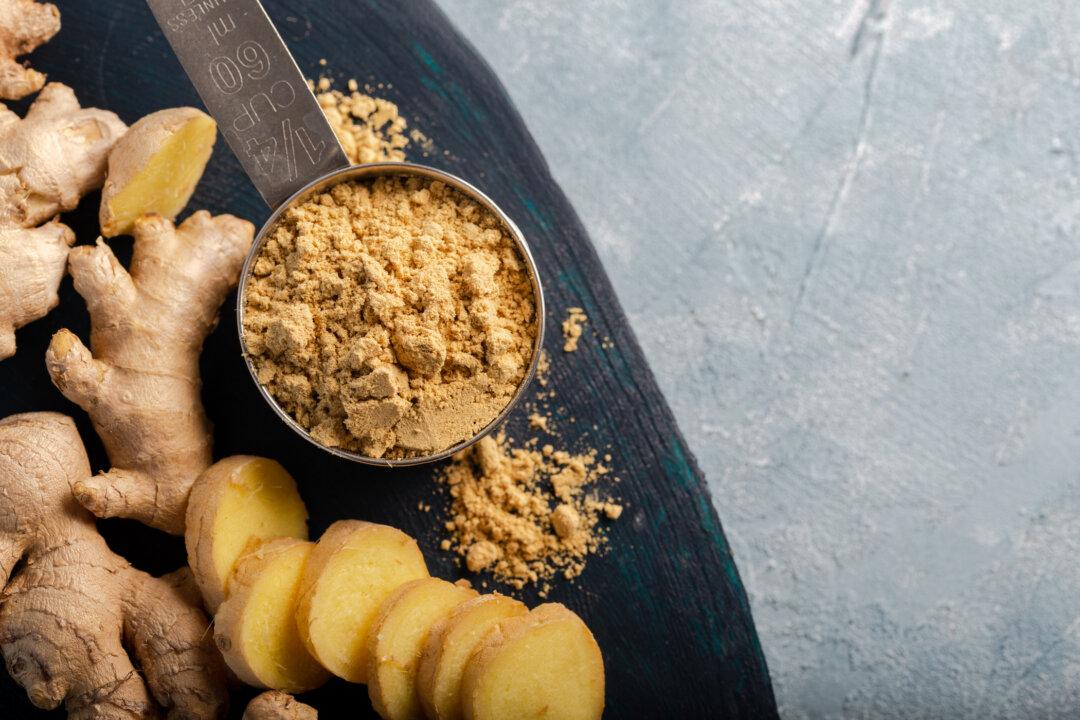The specific ways in which a food will affect your blood sugar depends on a wide range of factors.
For instance, you can’t just take a particular food’s glycemic rating in isolation, such as white rice, because it is invariably consumed with other ingredients and dishes. And some of them, containing fat or spices, may significantly reduce the effect a particular ingredient within a meal will have on your blood sugar.
White rice, of course, is emblematic of a highly processed grain, as its germ and bran have been removed, which constitute the bulk of its vitamins, minerals, essential fats, and fiber. What you have remaining is essentially starch, which being comprised of a large number of glucose units, is a form of “hidden sugar.” It rates about 65 on the glycemic index, which compared to brown rice, is about 10 points higher. White sugar (sucrose), for perspective, is rated 68, and an apple 38.
Within certain schools of nutritional thought, it has long been held that if you mix certain fats with carbohydrate-rich, high glycemic starchy foods you will be able to reduce the blood sugar-raising effect they have, yet little scientific research has been conducted to prove this.
Two scientists from the College of Chemical Sciences, Industrial Technology Institute, Sri Lanka, have found an innovative way to shed light on this theory, making news headlines with their remarkable results. An undergraduate, Sudhair James, presented his preliminary research at the National Meeting & Exposition of the American Chemical Society last month:
The researchers tested eight different recipes on 38 different types of rice available in Sri Lanka, and when their new cooking method was applied to the least healthful of varieties they produced a 10–12 percent reduction in calories. But they claim this is just the beginning and that a 50–60 percent reduction is possible using their method with more suitable varieties of rice which will be tested in the future.
“James and Thavarajva tested eight different recipes on 38 different kinds of rice found in Sri Lanka. What they found is that by adding a lipid (coconut oil in this case, because it’s widely used in Sri Lanka) ahead of cooking the rice, and then cooling the rice immediately after it was done, they were able to drastically change its composition—and for the better.
“‘The oil interacts with the starch in rice and changes its architecture,’ said James. ‘Chilling the rice then helps foster the conversion of starches. The result is a healthier serving, even when you heat it back up.’
With biotech corporations scrambling to alter the genetic code of food crops to accomplish similar results which can be patented, monetized, and controlled, this new research is a refreshing reminder that culinary innovations (some of them no doubt drawing from ancient tradition) may solve problems and enhance nutritional profiles in simple, do-it-yourself ways.
Reference
[i] Elizabete Helbig, Alvaro Renato Guerra Días, Rafael Aldrighi Tavares, Manoel Artigas Schirmer, Moacir Cardoso Elias. [The effect of parboiled rice on glycemia in Wistar rats]. Arch Latinoam Nutr. 2008 Jun ;58(2):149-55. PMID: 18833992


